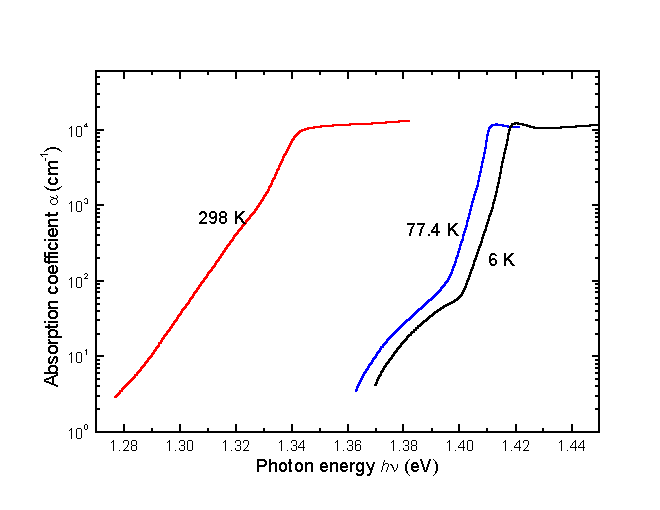Formula InP Density 4.81 g/cm³ Appearance black cubic crystals | Melting point 1,062 °C Molar mass 145.792 g/mol | |
 | ||
Related compounds | ||
Indium phosphide (InP) is a binary semiconductor composed of indium and phosphorus. It has a face-centered cubic ("zincblende") crystal structure, identical to that of GaAs and most of the III-V semiconductors.
Contents
Manufacturing
Indium phosphide can be prepared from the reaction of white phosphorus and indium iodide at 400 °C., also by direct combination of the purified elements at high temperature and pressure, or by thermal decomposition of a mixture of a trialkyl indium compound and phosphine.
Uses
InP is used in high-power and high-frequency electronics because of its superior electron velocity with respect to the more common semiconductors silicon and gallium arsenide.
It was used with indium gallium arsenide to make a record breaking pseudomorphic heterojunction bipolar transistor that could operate at 604 GHz.
It also has a direct bandgap, making it useful for optoelectronics devices like laser diodes.
InP is also used as a substrate for epitaxial indium gallium arsenide based opto-electronic devices.
Chemistry
Indium phosphide also has one of the longest-lived optical phonons of any compound with the zincblende crystal structure.
